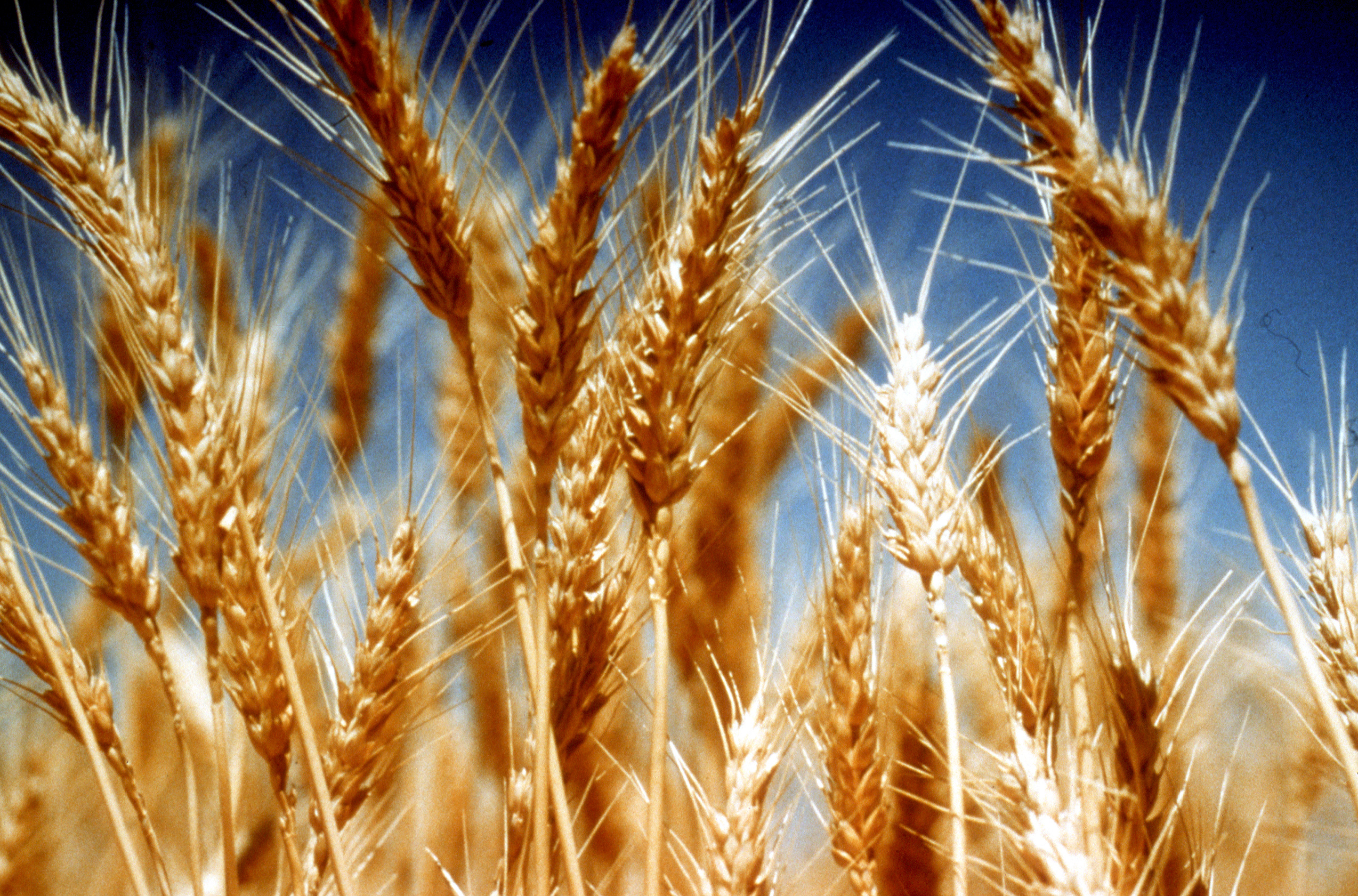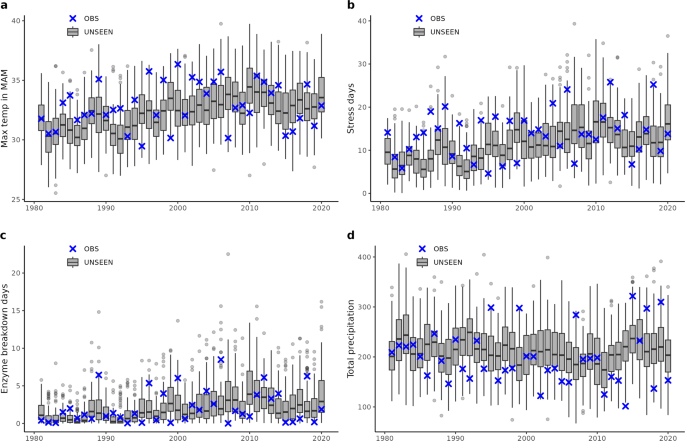Why are we constantly surprised by extreme events?
Published in Earth & Environment
In assessing the literature on climate change adaptation for the IPCC’s 6th assessment report, I realized that one of the major drivers of adaptation is people’s experience of extreme weather events (cite). This is hugely problematic, because if we wait to experience a flood before we are willing to put flood barriers in place, we will be continually suffering from extreme and shocking disaster events. This begs the question: will the places that have the least historical experience with extreme weather events be the places that have the least adaptation, and therefore most devastation, during future extremes with climate change?
In collaboration with the American Red Cross, we are examining this question for many locations across the United States, to understand what kind of extremes we should be preparing for in the current climate and coming few years. It is no longer possible to simply consult records of historical disaster events to know how to prepare for what is possible in 2023.
As a first location, we examine this question in two major wheat producing regions: the Midwest United States and Eastern China. Hamsa Ganapathi was a master’s student at the Friedman School of Nutrition Science and Policy, and she had previously worked with farmers in Nebraska. Studying climate change in my class, she was interested to better understand the potential impacts of extreme weather in this region. What might climate change mean in this region? Do people really understand the possibilities of future unprecedented events? Together with our coauthors, we designed a study using the UNprecedented Simulated Extreme ENsemble (UNSEEN) approach to analyze large ensembles of historical climate simulations.
What we found was shocking. The midwestern US is a region that seems to have “gotten lucky” in recent years, with recent temperatures that are on the lower end of what is now possible in that region. Temperatures that were so extreme in 1980 that they would only happen once every 100 years are now so frequent that they are happening once every 6 years, on average. The trend in Eastern China was less severe, but we still found that such events would now happen once in every 16 years in that region. High temperatures are also strongly associated with extreme dryness, and climate change adaptation solutions for this region will need to address these possible combinations of heat and drought.
While many studies have simulated crop yields for future scenarios, their yield estimations hide the drivers of change and the specific weather events that caused crop loss. In our paper, we first identify key vulnerabilities of wheat and then estimate how climate changes have affected these key vulnerabilities. This can allow adaptation solutions to be designed that specifically buffer against these vulnerabilities, such as heat tolerant varieties or changes to planting schedules.

Follow the Topic
-
npj Climate and Atmospheric Science

This journal is dedicated to publishing research on topics such as climate dynamics and variability, weather and climate prediction, climate change, weather extremes, air pollution, atmospheric chemistry, the hydrological cycle and atmosphere-ocean and -land interactions.
Related Collections
With Collections, you can get published faster and increase your visibility.
Understanding the Dynamics of Air Pollutant and Greenhouse Gas Emissions in a Changing Climate
Publishing Model: Open Access
Deadline: Dec 31, 2025
Modeling of Airborne Composition and Concentrations
Publishing Model: Open Access
Deadline: Mar 31, 2026





Please sign in or register for FREE
If you are a registered user on Research Communities by Springer Nature, please sign in